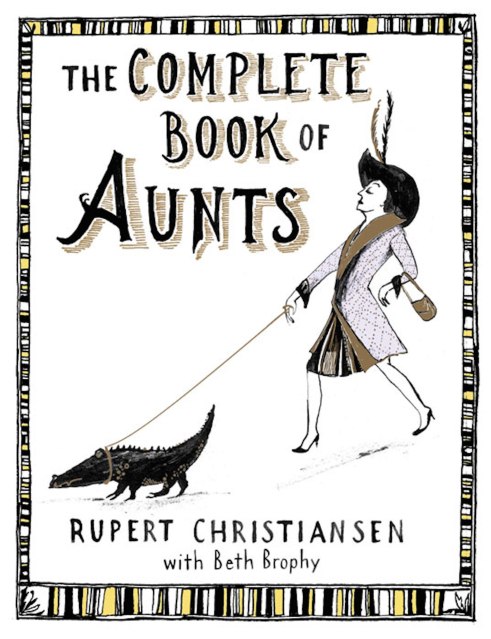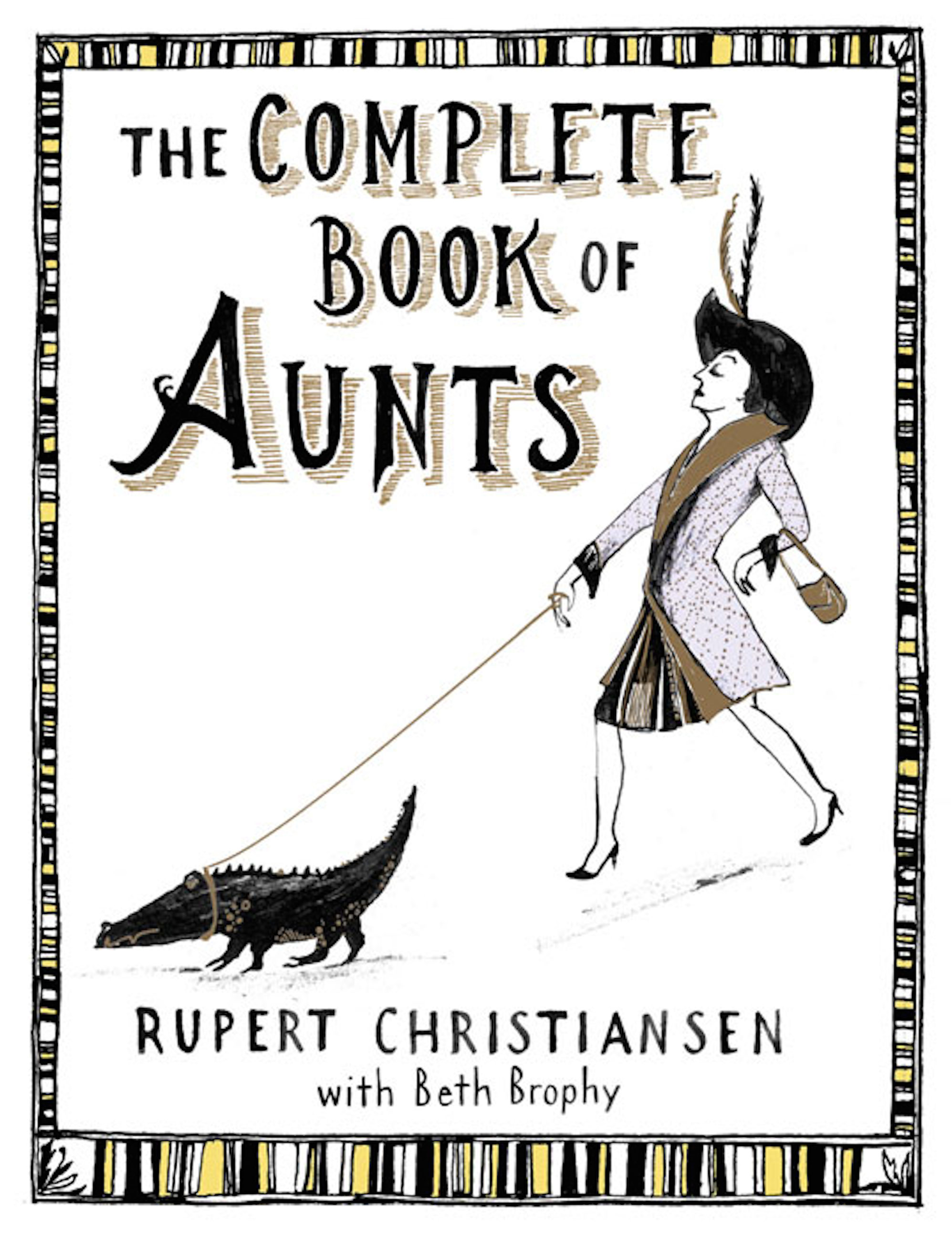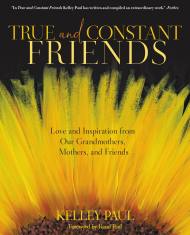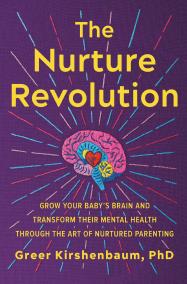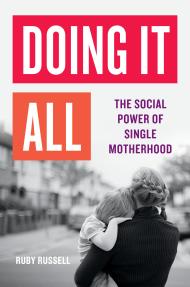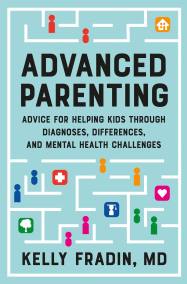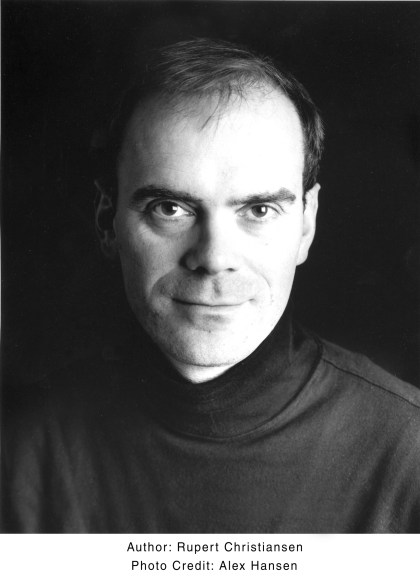Promotion
Use code MOM24 for 20% off site wide + free shipping over $45
The Complete Book of Aunts
Contributors
With Beth Brophy
Formats and Prices
Price
$7.99Format
Format:
ebook (Digital original) $7.99This item is a preorder. Your payment method will be charged immediately, and the product is expected to ship on or around December 14, 2008. This date is subject to change due to shipping delays beyond our control.
Also available from:
Of all our blood relations, an aunt offers the most potential for uncomplicated friendship. The Complete Book of Aunts is an entertaining and touching exploration of aunts in all their guises and varieties, culled from real-life, literary and historical sources. Bewitching illustrations and anecdotes illuminate various aunt types: Bargain Aunts, Mothering Aunts, Damned Bad Aunts, and X-Rated Aunts. With stories and poems about famous or historical aunts, Christiansen and Brophy attempt to uncover what “aunt-ness” is.
Genre:
- On Sale
- Dec 14, 2008
- Page Count
- 256 pages
- Publisher
- Twelve
- ISBN-13
- 9780446553490
Newsletter Signup
By clicking ‘Sign Up,’ I acknowledge that I have read and agree to Hachette Book Group’s Privacy Policy and Terms of Use
